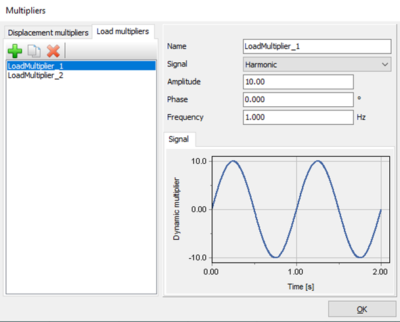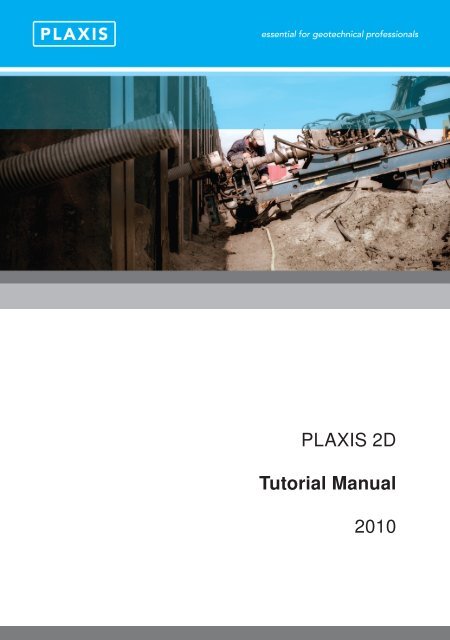


The option to add transverse girders, together with plate and volume lining, rockbolts, and umbrella arches, enables modeling complex tunnel reinforcement systems. Tunnels are often reinforced with transverse ribs, which can now be modeled as curved beam elements located at specific intervals in the 3D tunnel designer. This allows easily modeling non-uniform deepground conditions, such as those encountered in deep tunneling or reservoir geomechanics.

The cluster-based field stress complements the global field stress and makes it easier to define the in-situ stress for geological models. It is now possible to assign a different field stress property to individual soil volumes and borehole layers, allowing you to independently input the initial stress state by magnitude and orientation for each of those clusters. The field stress initial calculation type allows for direct specification of in situ stress conditions on a volume of soil. Using this new, advanced calculation type offers generally improved stress predictions and accounts for both eventualities of accumulation and dissipation of excess pore pressures during earthquakes. Simulate the coupling between soil deformations and transient seepage in the dynamic loading phase. Well proven and robust calculation procedures ensure converging calculations and accurate results.ĭynamic with consolidation calculation type Constitutive models range from simple linear to advanced highly nonlinear models through which soil and rock behavior can be simulated. With plastic, consolidation and safety analysis calculation types, a broad range of geotechnical problems can be analyzed. The Curve manager enables graph creation, plotting various types of results from available calculation data.Īccurately model the construction process by activating and deactivating soil clusters and structural elements in each calculation phase with staged construction. Data can be copied from tables or via Python-based scripting for further processing purposes outside of PLAXIS. Cross-section capabilities allow for a more detailed analysis of the results. Leverage powerful and versatile post-processing and display forces, displacements, stresses, and flow data in contour, vector, and iso-surface plots in various ways. Automation determines usable volumes and sweeping direction in mesh generation to develop more efficient meshes, especially for geometry featuring linear objects like tunnels, road embankments, and levees. Our latest release offers the new swept meshing option in the mesh mode. View PLAXIS 3D Product Matrix for capability comparision > Whether you are working on projects that are simple or complex, or you are working on excavations, embankments, and foundations or tunneling, mining, and reservoir geomechanics, PLAXIS 3D enables you to analyse deformation and stability in geotechnical engineering and rock mechanics with ease. PLAXIS 3D is a complete solution for 3D deformation and stability analysis of non-linear soil/rock behaviour and complex structures, It supports 3D geometry import and creation while including tools for rapid soil layer definition and tunnel design.


 0 kommentar(er)
0 kommentar(er)
